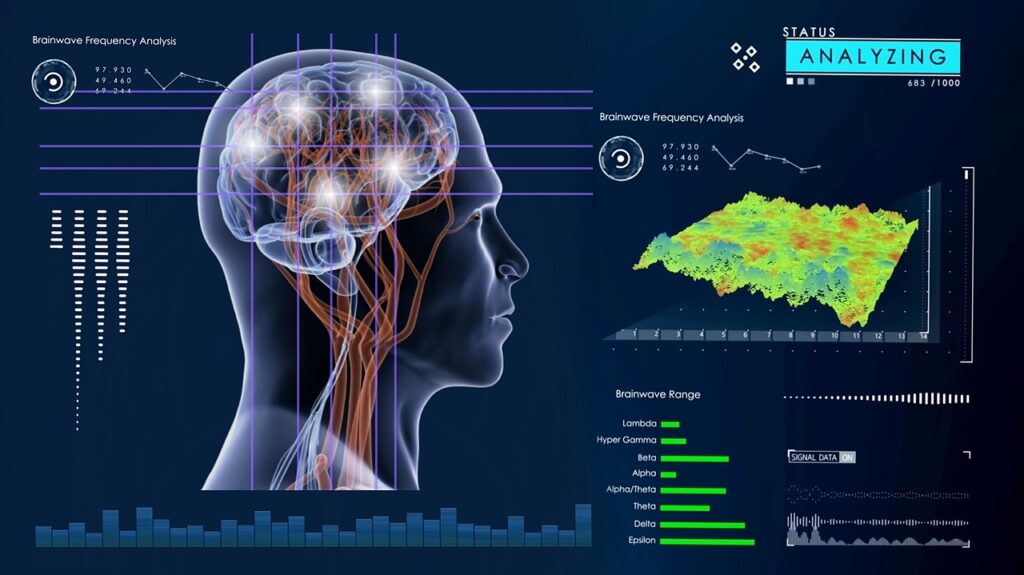Menu list
Introduction
In today’s fast-paced world, traditional learning methods are being replaced by more efficient and flexible alternatives. Microlearning is emerging as a powerful approach that caters to modern learners’ needs, offering concise, targeted, and engaging content that enhances knowledge retention and skill development.
What is Microlearning?
Microlearning refers to the practice of delivering educational content in small, easily digestible units. Unlike traditional long-form learning methods, microlearning focuses on specific topics and presents information in a brief yet impactful manner, typically through videos, quizzes, infographics, and interactive modules.
Why is Microlearning Gaining Popularity?
- Short Attention Spans: With the digital age encouraging shorter attention spans, microlearning meets learners where they are by delivering quick and engaging content.
- Flexibility: Learners can access bite-sized lessons anytime and anywhere, making it ideal for busy professionals and remote workers.
- Higher Retention Rates: Studies show that learning in smaller chunks improves retention and comprehension.
- Cost-Effective: Companies save costs on training and development as microlearning requires fewer resources than traditional programs.
- Personalized Learning: Allows learners to focus on topics relevant to their needs rather than following a rigid curriculum.
Key Applications of Microlearning
- Corporate Training: Organizations use microlearning for employee onboarding, compliance training, and skill development.
- Education Sector: Schools and universities are incorporating microlearning to complement traditional teaching methods.
- Skill Enhancement: Professionals leverage microlearning platforms to acquire new skills on the go.
- Healthcare Training: Medical professionals use microlearning to stay updated on industry advancements and best practices.
The Future of Microlearning
With advancements in artificial intelligence and adaptive learning technologies, microlearning is set to become even more effective. Personalized learning paths, interactive content, and AI-driven recommendations will shape the next phase of education and professional development.
Conclusion
The rise of microlearning signifies a shift towards more efficient, engaging, and accessible education. As organizations and individuals continue to embrace this trend, it will play a crucial role in shaping the future of learning and skill development.


